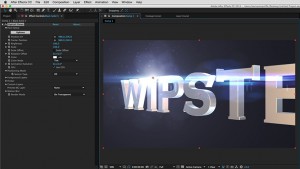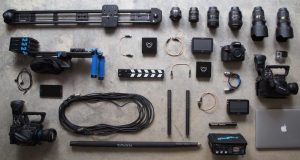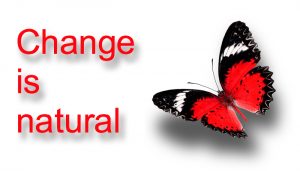
Feeling stuck in a job, or on a career path, is common. You’ve been in your role for a long time and are restless. You find yourself asking, “Is this really what I want to do?” Or, you’re overwhelmed by the pressure of where you should be at your age. You have big dreams but achieving them feels impossible.
Getting unstuck is a challenge. We need to understand how growth works so we can accelerate it. We’re not built to stay in one place; we are hardwired for growth. By stepping back to plan ahead, we can go further, faster. A map can help us understand where and how to jump-start our growth journey. The “S curve of learning,” which helps illustrate this concept, is a visual representation I have developed.
Growth happens in a predictable way. Every skill learned or challenge faced takes the form of a distinct learning curve, the S curve, starting at the relatively flat launch point, moving into the high-incline sweet spot, and once again flattening out at mastery. Once we can pinpoint where we are in the growth process, we can decide what our next step will be.
To determine where you are on your S curve, consider your current role at work. For one, if work feels difficult, slow, and possibly intimidating, or your output feels comparatively low, you are likely at the launch point. If your work feels exciting and fast, you experience higher levels of efficiency, and you find yourself feeling more confident while still facing challenges in new opportunities, you are likely in the sweet spot.
But if your work feels predictable and steady, and you often find it hard to stay motivated or are prone to boredom, you are likely at mastery. And if you are exactly in the sweet spot right now, it’s unlikely that you feel stuck. So, if you are seeking ways to accelerate your growth, chances are that you’re at the launch point or in mastery.
Anticipating your ‘launch point’
At the launch point, it can feel like you aren’t making progress. You may wonder if it’s the right curve for you. Your brain is processing incredible amounts of information as it learns to do new things and make new decisions. It is harder to see and feel the growth you are experiencing.
A young father sent a video to his parents showing their grandson, Ben, riding a bike for the first time. His message read, “First he couldn’t, and then he could.” He explained he’d been trying to teach Ben to ride the bike for three weeks, seemingly without progress. But then, suddenly, Ben took off and rode as though none of the previous failures had ever happened. For three weeks, Ben had listened to his father’s instructions, observed his siblings and friends as they rode their bikes, and tried to ride his own without success. But, growth had been happening out of sight, below the surface.
Being at the launch point is hard because, like Ben’s, growth is below detection. The good news is, fast growth is ahead of you.
To reach the coveted sweet spot, first determine if this is the right S curve for you. The right curve will be familiar enough to be navigable, yet novel enough to create new challenges. If it is not, your current curve may be a puddle jumper: You hop on, you hop off. This is not failure; this is growth.
If you decide to persevere on your S curve there can be a desire to rush through the launch point. Resist that urge.This is the time to step back to grow and slow down to speed up. Try to emulate children: Be curious and seek to discover at every opportunity. Say yes to new challenges. Experiment with new approaches and ways of being. Take the time to create a supportive network by building relationships.
Gaining mastery
The top end of the S curve can also elicit feelings of being stuck. In mastery, you are the go-to person on your team, willing and able to do whatever is asked. You are highly competent, but you also might feel complacent or stagnant.
Consider the story of Alexander Hamilton. Hamilton was George Washington’s top aide. No one could match his writing ability, and he was extraordinarily gifted at his job. But after four years with Washington, his learning plateaued. Despite the value he brought, he needed something new. He needed to grow. He sought a return to active combat and became a commander of a battalion of light infantry companies. Following the British surrender at Yorktown, Hamilton resigned his commission and passed the bar six months later.
Every learning curve reaches a point where, to continue growing, you must start a new curve. You need another sweet spot, and that first requires the challenge of a new launch point. This does not have to be outside of your organization or even different from your current position. Each new team, product, and role can be a new S Curve to climb. Consider lateral, or even backward, moves to give you the momentum to slingshot forward into a new learning curve.
Growth can feel undeniably slow at times. We may feel stuck, but we are in the driver’s seat. When we are smart about our growth, and we understand where we are on the growth curve, we can grow faster.
Whitney Johnson is the CEO of Disruption Advisors, a tech-enabled talent development company (an Inc 5000 fastest-growing company in 2020), and one of the top #10 management thinkers in the world according to Thinkers50. She is the author of Smart Growth: How to Grow Your People To Grow Your Company, and host of the “Disrupt Yourself” podcast.
Fast Company , Read Full Story
(27)








